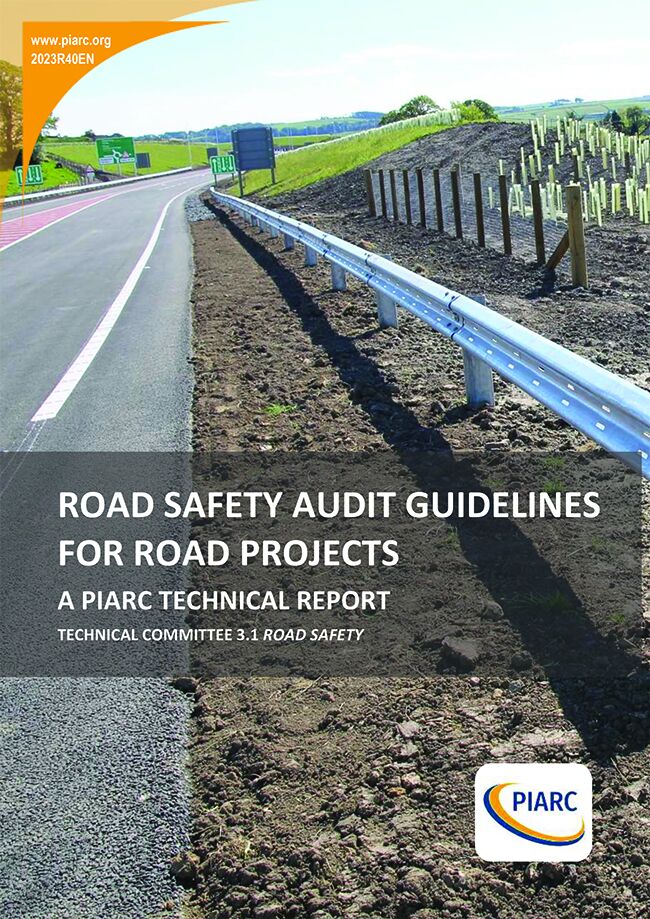Road Safety Audits Guidelines for Road Projects - A PIARC Technical Report

New road projects are constantly being planned and implemented that do not fully exploit the possibility to improve road safety by better design. This can be because there is either a lack of knowledge and understanding of the fundamental issues or as a result of having to balance the various, often competing, interests involved. Transport efficiencies and requirements and economics of the project are often given highest priority, followed by environmental considerations, with safety being considered as following standards and guidelines.
The traditional road engineering approach to safety has very often been to “wait and see”, that is, safety countermeasures are not considered until the crash situation becomes unacceptable. However, having knowledge about the circumstances which provoke crashes means it is possible to detect these faults early in the development of projects and certainly appropriate changes made well before the design faults are translated into reality.
The introduction of Road Infrastructure Safety Management (RISM) has resulted in a number of different road safety techniques being applied throughout the life cycle of a road. Road Safety Audit (RSA) is just one element of RISM. The others being Road Safety Impact Assessment, Road Safety Inspection and Network wide Road Safety Assessments (as defined in Directive (EU) 2008/96 and amendments in Directive (EU) 2019/1936). The correct use of these processes through the life of the road will ensure that road user safety is maximized, and death and serious injury are minimized.
For maximum effectiveness it is very important that RSA is carried out by a team of independent auditors from private firms, or road administration region/staff, not involved in the project design team. Auditors must be trained and fully qualified with appropriate experience of the safety issues associated with the types of project to be audited.
Although auditors must be independent of the design team, they cannot undertake the audit in isolation. Although the audit team carry out the audit, the responsibility for implementing- or rejecting the audit recommendations lies with the project client and design team who must be involved at key stages in the audit process.
Finally, resources are provided to assist the auditors and designers to identify potential deficiencies and develop suitable strategies to mitigate the consequences. Some examples from the 2009 PIARC Catalogue of Design Safety Problems and Potential Countermeasures report are presented.
The appendices provide auditors prompt lists for a RSA at various stages of project development and a RSA report format template for documentation.
Information sheet
- Date: 2023
- Author(s): Comité technique / Technical Committee / Comité Técnico 2020-2023 3.1 Sécurité routière / Road Safety / Seguridad Vial
- Domain(s): Road Safety
- Type: 2023R40EN - Road Safety Audits Guidelines for Road Projects
- PIARC Ref.: 2023R40EN
- ISBN: 978-2-84060-828-1
- Number of pages: 79